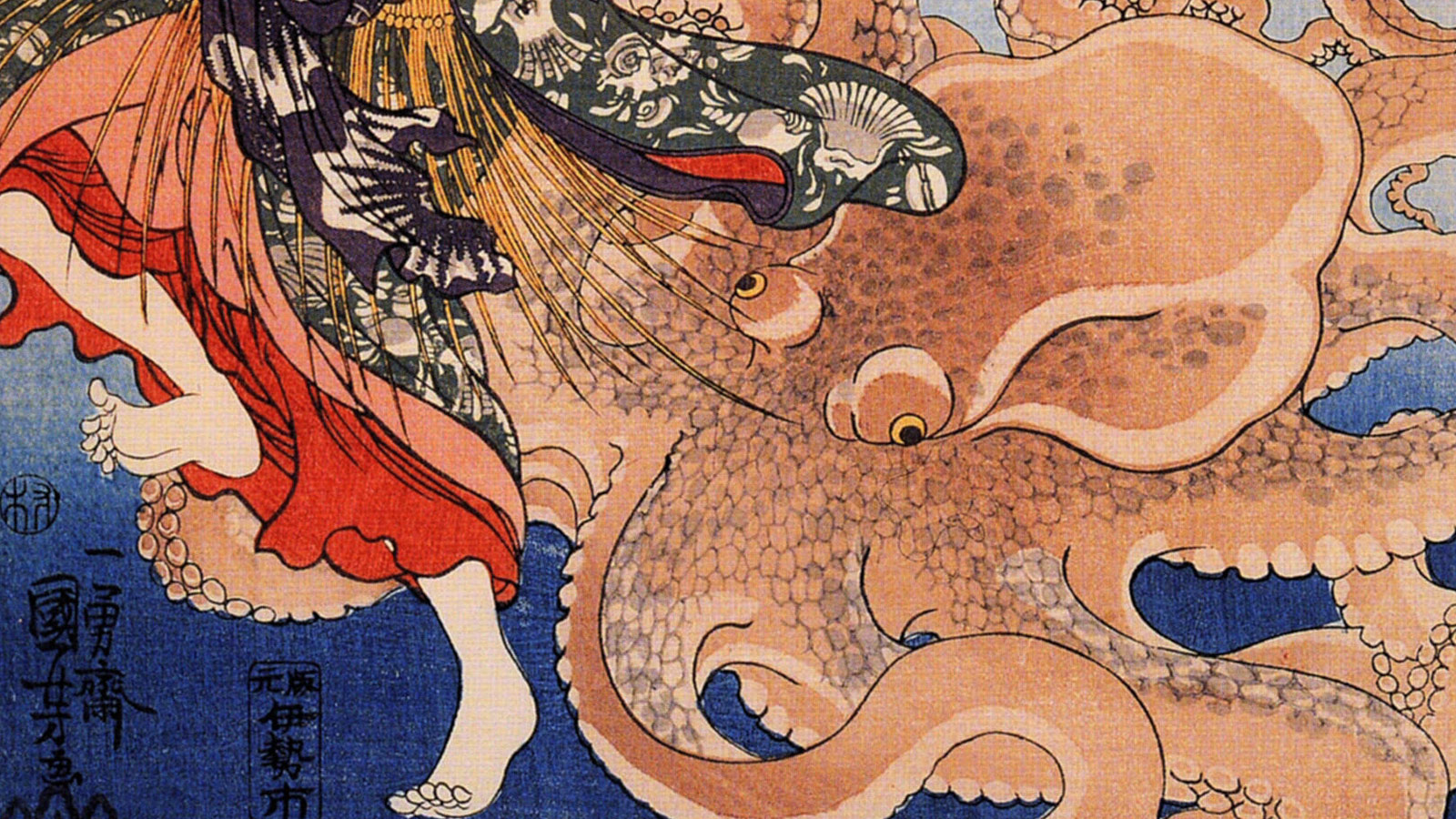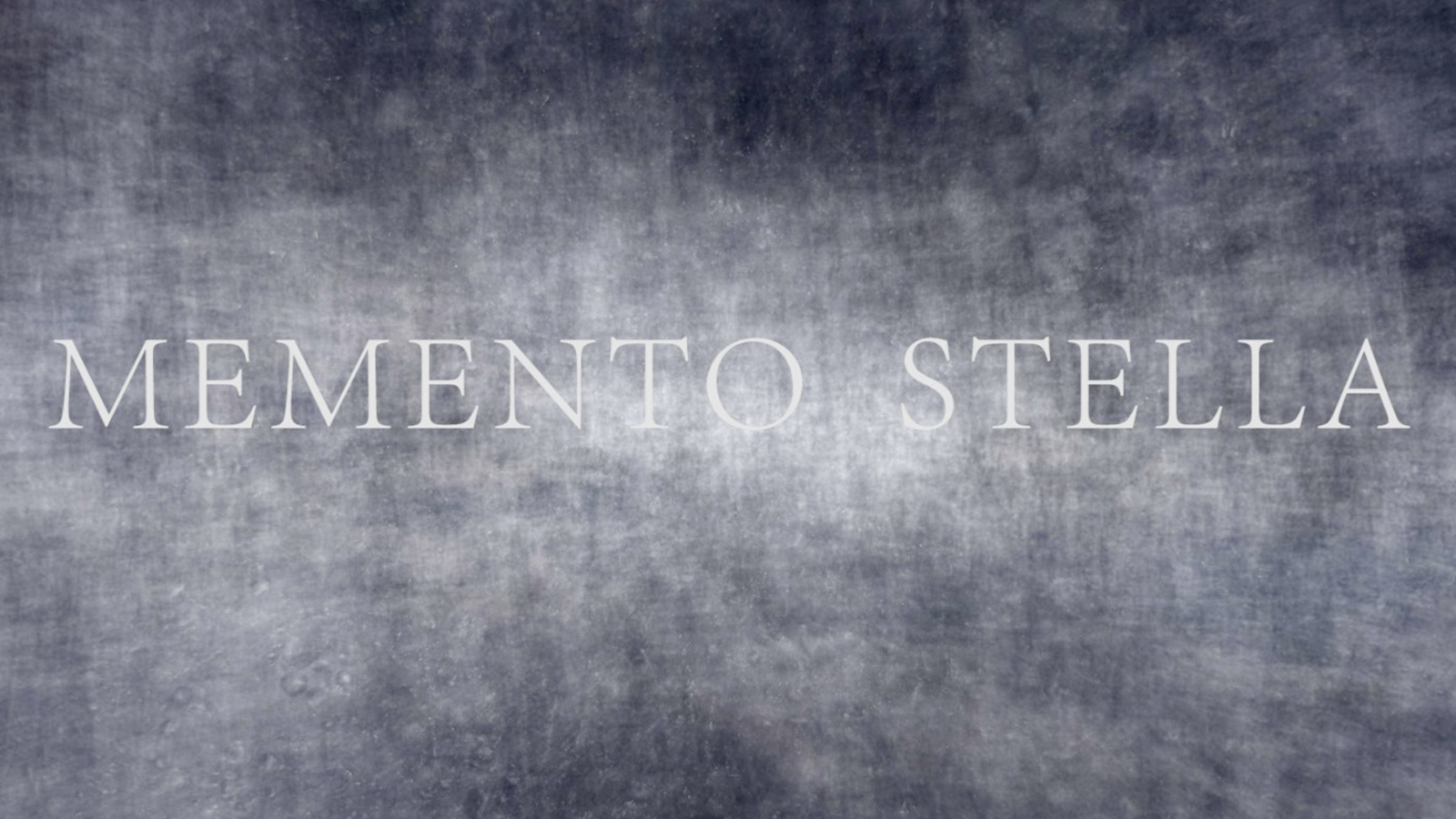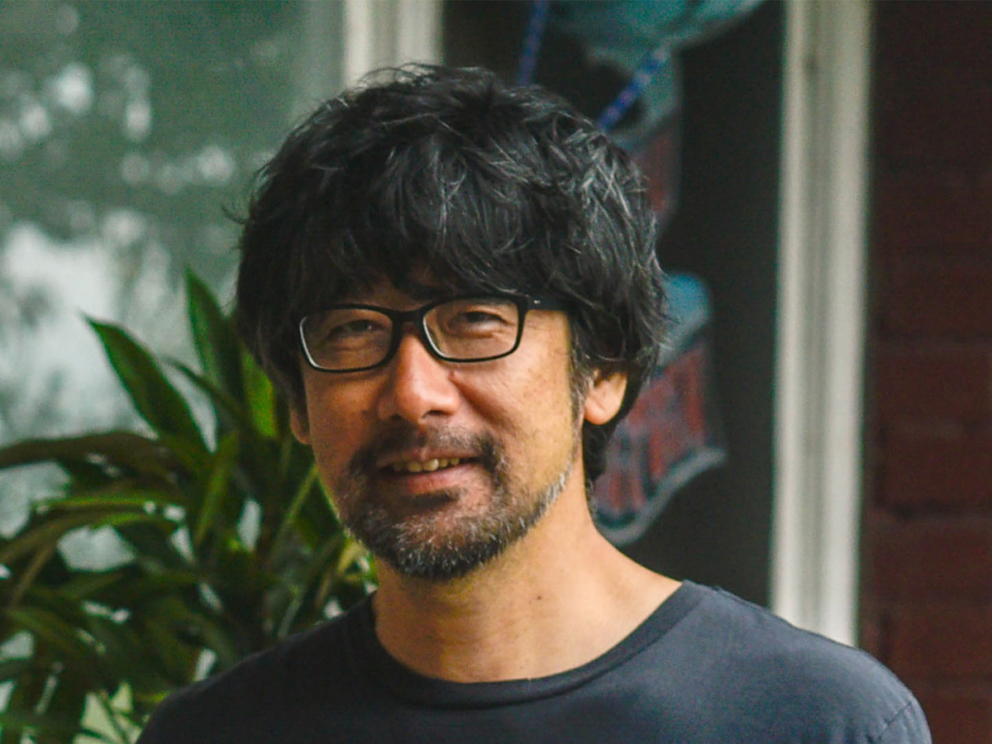On travel
Films by Shinya Isobe, Yu Araki, Tomonari Nishikawa and Takashi Makino
Event Slider
Date
- / Cancelled / Sold out
Location
Studio Centro de Arte Moderna GulbenkianIntroduction by Yu Araki, in English.
Pricing
10% – Cartão Gulbenkian
Yu Araki’s playfully essayistic Wrong Revision, on the other hand, captures how stories travel across national borders in curious ways, in this case Portugal and Japan in the 16th century.
Offering a glimpse into the exhilarating world of Japanese artists’ moving image, ‘Engawa Films’ seeks to stake a place for its existence in Japanese contemporary art and cinema.
Duration: 90 min.
'13', by Shinya Isobe
Japan, 2020, 11’
Avant-Garde, shot in 16mm
Film without dialogues
Shinya Isobe left his camera in exactly the same spot for five years to shoot a picture of the sunset every thirteen seconds. In a series of merged time-lapses, we see the sun moving serenely from left to right. Over and over again. First in a neat line, in total silence, later patterns appear, supported by a minimalist soundtrack. To create the hypnotic images we can see in the film, Isobe overlaid analogue shots from different seasons of the year to produce clusters of shining spots. In his hypnotic short film, the images combine to create a unique poetic experience.
Credits
Director, editing, sound, sound design and music
Shinya Isobe
'Wrong Revision', by Yu Araki
Japan, Greece, 2018, 16’
Film in Japanese with Portuguese subtitles
‘Wrong Revision’ is a story, told in video and installations, of hidden Christian symbolism in Japan, and specifically the Portuguese introduction of dried seafood, which led to the Japanese “crucifying” octopus on sticks, a symbol, apparently, of both the devil and Christ.
Credits
Shooting, edition and direction
Yu Araki
Film commissioned by
Okayama Art Summit Executive Committee
'Tokyo/Ebisu', by Tomonari Nishikawa
Japan, 2010, 5’
Documentary
Film without dialogues
JR (Japan Railway Company) Yamanote Line is one of Japan's busiest lines, consisting of 29 stations (at the time of this film’s production) and running in a loop. The film shows the views from the platforms of 10 stations of the Yamanote Line, from Tokyo Station to Ebisu Station clockwise. The in-camera visual effects and the layered soundtracks may exaggerate the sense of the actual location, while suggesting the equipment that was used for capturing the audio and visual.
Credits
Direction, production, edition, sound
Tomonari Nishikawa
'Memento Stella', by Takashi Makino
Japan, Hong Kong, 2018, 60’
Film without dialogues
«Memento Stella’ is an original phrase I coined to remind me to "remember the stars" and "never forget that we too reside among the stars", as well as the title of a project I started in winter of 2016.
For several years I've travelled the world, screening my work. And throughout this dark, sad world, amid war and terrorism, countless lives lost to natural cataclysms caused by humans, and there hasn't been a single day that death hasn't been in my thoughts.
At the same time, I do realize that it is not only death that binds us. We are also born and raised and living on this little planet, among the stars. I pursue my work with the idea that if each day, we might be conscious of this truth for even a moment, then maybe perhaps somewhere deep in our hearts, we might find shared artistic expressions, keys to a place beyond the religions, politics, borders, languages, and personal desires which tear us apart.»
Takashi Makino
Engawa – A Season of Contemporary Art from Japan
‘Engawa’ is a programming that brings to Lisbon a set of creators from Japan and the Japanese diaspora, many of them for the first time in Portugal. More info




Biographies
-

Shinya Isobe
Shinya Isobe (Yokohama, 1982) graduated from Tokyo Zokei University Graduate School and Image Forum Institute of Moving Image. His 2020 film ‘13’ was awarded the Ken Burns for Best of the Festival at the 59th Ann Arbor Film Festival, and other awards at film festivals in Japan and abroad.
-

Tomonari Nishikawa
Tomonari Nishikawa’s films explore the idea of documenting a scene in the public space through a chosen medium and techniques, while his performances focus on the process of producing a visual/sound phenomenon using analog devices, such as 16mm and slide projectors. Nishikawa currently teaches in the Cinema Department at Binghamton University.
-

Takashi Makino
Takashi Makino (b. 1978 ) is an experimental filmmaker widely considered to be one of the most influential Japanese moving-image artists of his generation. After graduating from the cinema department at Nihon University College of Art, he spent time honing his skills in the London-based studio of the Quay Brothers before moving back to Japan. His unique working process usually involves capturing representational footage of humans, nature, and urban life in various formats and then transforming these images radically during the editing stage. Makino has presented his work at documenta 14, Athens (2017), New York Film Festival, New York (2014, 2017), Whitechapel Gallery, London (2016) and MoMAPS1, New York (2013). Among others. In 2012, he was awarded the Tiger Award at the International Film Festival Rotterdam.
-

Yu Araki
Yu Araki (Yamagata City, Japan, 1985) received his Bachelor of Fine Arts in Sculpture from Sam Fox School of Design & Visual Arts at Washington University in St. Louis, U.S.A. in 2007, and completed his Master of Film and New Media Studies from Tokyo University of the Arts in 2010. In 2013, he was selected to participate in Tacita Dean Workshop hosted by Fundación Botín in Santander, Spain. During 2017-8, he was a guest resident at Asia Culture Center in Gwangju, South Korea, and Rijksakademie van beeldende kunsten in Amsterdam, the Netherlands. In 2023, his commissioned project received the Special Award at Yebisu International Festival for Art & Alternative Visions 2023 in Tokyo, Japan.
Credits
Curatorship
Julian Ross
Partnership
Collaboration
The Calouste Gulbenkian Foundation reserves the right to collect and keep records of images, sounds and voice for the diffusion and preservation of the memory of its cultural and artistic activity. For further information, please contact us through the Information Request form.
